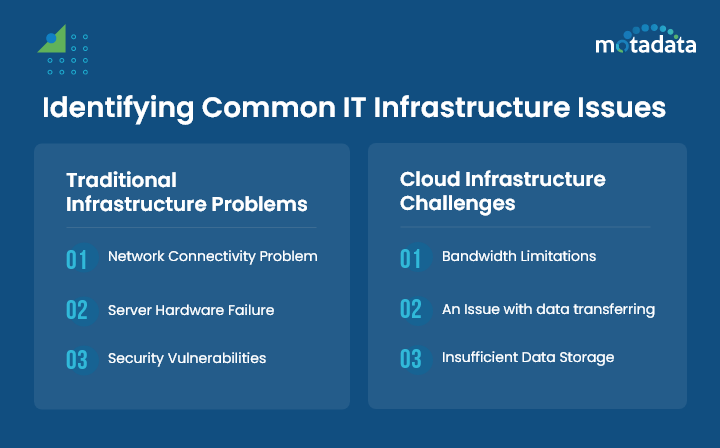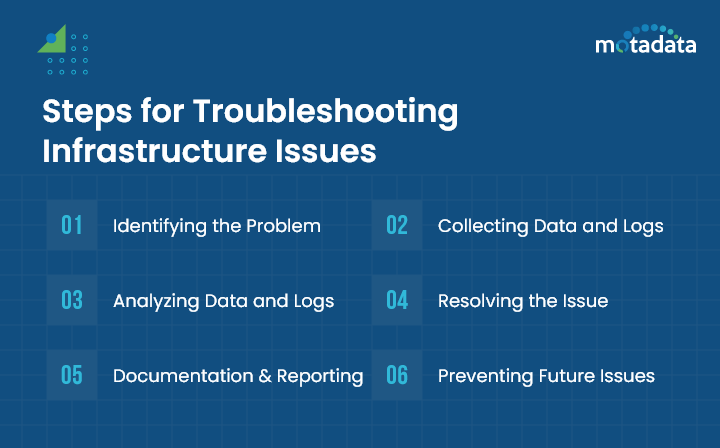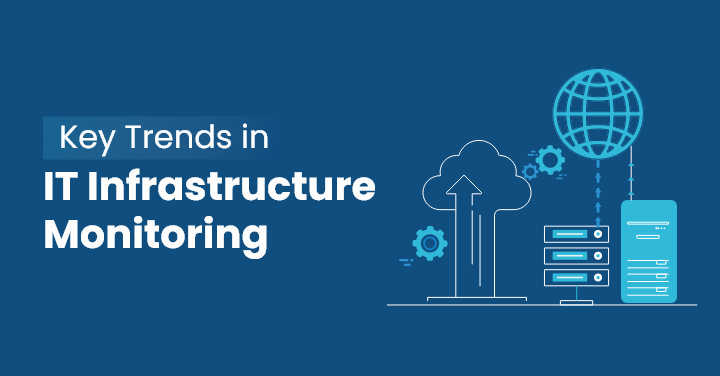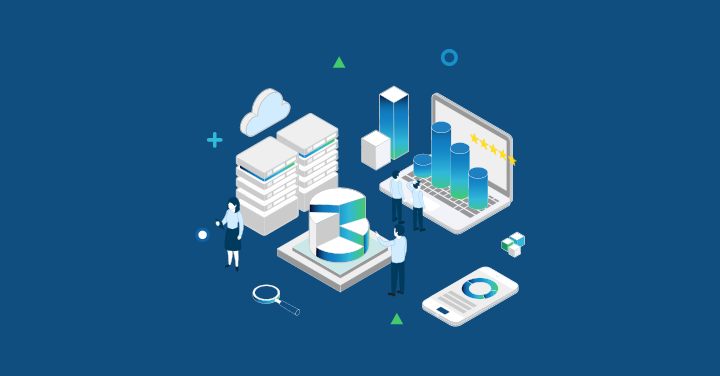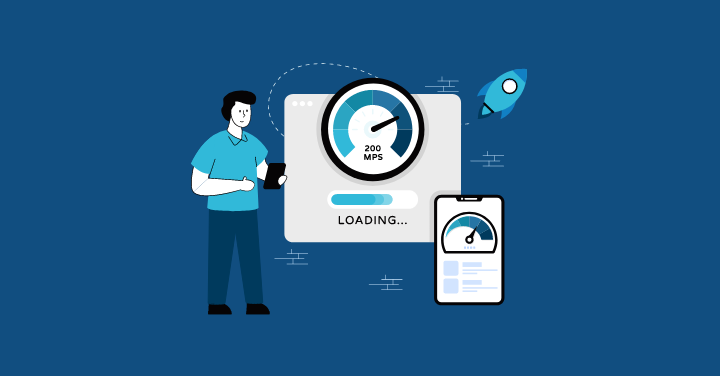In today’s digital world, reliable infrastructure is crucial for the smooth operation of computer systems, applications, and services. However, infrastructure issues can arise from time to time, impacting performance, user experience, and overall productivity.
As a site reliability engineer or IT professional, it is essential to have a solid understanding of troubleshooting infrastructure problems and finding their root cause.
In this step-by-step guide, we will walk you through the process of deciphering infrastructure issues, recognizing common IT infrastructure problems, utilizing log analytics for troubleshooting, understanding cloud services and infrastructure issues, adopting best practices for cloud troubleshooting, and choosing an appropriate infrastructure monitoring tool.
By following these steps, you will be equipped with the knowledge and skills necessary to tackle infrastructure issues and ensure the reliability of your systems.
Understanding Infrastructure Issues
Infrastructure issues arise within a basic framework of the system that plays a key role in keeping the environment running smoothly. Disruptions and malfunctions are a few examples of infrastructure issues that can impact your normal operations.
Let us discuss the various forms that constitute infrastructure issues
1. Network Problems
Businesses communicate over a network to save time and make quick decisions. But what if there is a delay due to a network problem? Just because your network is connected properly, doesn’t mean that it is working perfectly fine.
Sometimes network issues occur due to malfunctioning routers, switches, firewalls, or even unforeseen usage patterns like sudden spikes in network traffic or security breaches.
Also, signs like buffering video calls, intermittent connectivity, and choppy VoIP might sound like a minor issue but it can affect your business in a drastic way.
That is why it is essential to detect and resolve network issues before they have an impact on your end users and business infrastructure.
How Network Problems Can Impact Your Business?
Networks are important for businesses as they use them for communicating, file transfers, and other day-to-day operations. They are interconnected with various servers, devices, and software, creating a complicated system.
This makes the network more prone to errors. Even a minor misconfiguration can lead to network issues. It can lead to slow loading of portals, delayed decision-making, maximize downtime, and more.
Basically, any disruption in the connectivity of network component misconfiguration may create problems in the network. Sluggish file transfers are also a sign of poor network connection that might affect your user experience as well.
However, there are active monitoring tools that can help minimize the impact of these issues and ensure that the networks run smoothly. If not, even minor network problems can impact your productivity and user experience.
2. Server Outage
Server outage is a condition in which the group of servers becomes unavailable to users on a temporary or complete basis. Human error, hardware failure, and software issues are some of the factors that can result in server outages.
When an outage happens, companies with high-performance levels and strict delivery schedules for their customers are most at risk. Also, it disrupts normal operations and results in minimal productivity.
How Server Outages Can Impact Business Processes?
Servers are used to host several applications, databases, and other systems in a business. If your business depends on the affected server, all your operations will get disrupted and may result in potential financial loss.
You might find it challenging to maintain the seamless flow of operations. Further, any activity or operation that involves direct interaction with the users or customers will get disrupted by server outages. It will not only compromise user experience but also result in financial losses and operational setbacks.
3. Hardware Failure
Organizations rely on different applications to deliver service to their customers, but what if for some reason your access to mission-critical applications comes to a halt?
Generally, teams are unable to access their application due to a fault in a program or hardware failure that results in a loss of productivity.
It can happen due to electrical faults, motherboard failure, power outages, or server overload. These issues can damage the physical components on a major scale and lead to system crashes or loss of data and productivity.
How does Hardware Failure Affect Business Productivity?
Fault in the hardware creates a negative impact and maximizes the downtime. During this period, organizations fail to access any application, file, or data resulting in no productivity.
These problems altogether can be dangerous for an organization’s smooth operation since they can affect its capacity to provide services, preserve data integrity, and guarantee overall efficiency.
The Role of Infrastructure Monitoring
Infrastructure monitoring plays a pivotal role in detecting potential issues, anomalies, and performance degradation. By monitoring infrastructure components, you gain full visibility into physical servers, cloud infrastructure, virtual machines, and application performance.
Proactive infrastructure monitoring enables real-time analysis of anomalies, detection of backend performance issues, and governance of infrastructure components.
By ensuring comprehensive infrastructure monitoring, you can optimize application performance, minimize downtime, and enhance user experience, delivering a reliable and efficient infrastructure.
How Infrastructure Monitoring Assists Troubleshooting
Infrastructure monitoring assists troubleshooting efforts by providing real-time visibility into anomalies, infrastructure management, and potential performance issues.
By monitoring infrastructure components, including physical servers, virtual machines, networks, and storage, you can effectively detect anomalies, identify potential root causes, and take proactive measures to address issues.
Real-time monitoring allows for timely alerting, automated troubleshooting, and documentation of infrastructure incidents.
Comprehensive infrastructure monitoring enhances governance, scalability, security, and reliability, ensuring a stable and optimized infrastructure environment.
Identifying Common IT Infrastructure Issues
Nearly every facet of business today is powered by technology, and if your infrastructure is flexible and secure, you can succeed and stand out from the competitors.
But, there are a lot of possible points of failure in IT systems. Your entire system may malfunction if a single process or network node experiences issues.
Let us discuss the types of infrastructure and issues that you might face.
Traditional Infrastructure Problems
Traditional Infrastructure involves the use of on-premises hardware and software components that demand more power, space, and cost than other IT models. They are customizable and offer superior performance than other modular designs but come with various challenges like:
Network Connectivity Problem – Network connectivity generally occurs due to misconfiguration in network components like routers, switches, etc. It can lead to slow network speed, disruption in network operations, and downtime.
Server Hardware Failure – Faults in the hardware components can result in system crashes and server outages. As a result, malfunctioning in the hardware can put your operations to a halt
Security Vulnerabilities – Outdated software, insufficient access controls, and inadequate patching are just a few of the security flaws that can affect traditional infrastructures. Also, at times, team members unknowingly make an entryway for hackers to access the system and exploit it with malicious code.
Cloud Infrastructure Challenges
Cloud Infrastructure involves the use of software, networks, and servers hosted in the cloud. Unlike traditional infrastructure, organizations do not have to maintain any physical hardware as all the resources are provided by the cloud provider.
Here are some of the challenges of cloud infrastructure:
Bandwidth Limitations – In cloud infrastructure, bandwidth limitation can be an issue. Businesses may experience data transfer bottlenecks as data requirements change, which can affect performance.
An Issue with data transferring – The uninterrupted flow of information can be hampered by latency, packet loss, or other problems in the network. In such a case, it is essential to look into the data transfer protocols and how they collaborate with cloud service providers.
Insufficient Data Storage – Another challenge that most IT teams face is inadequate data storage. Insufficient data storage space can slow down computer systems and increase the chances of data breaches.
Top 6 Steps for Troubleshooting Infrastructure Issues
With the growth in technology, businesses are also expanding the way they are managing their operations resulting in complex infrastructure. With large and complex infrastructure, problems are unavoidable.
Even a minor network glitch, fault in the hardware, and server outage can disrupt all your operations. So, it is essential to maintain a robust and effective system that helps troubleshoot and fix infrastructure issues promptly.
Here are a few best practices for troubleshooting infrastructure issues that can help you maintain the functionality of your systems.
1. Identifying the Problem
First and foremost, you must identify the problem and signs by running a system audit to track the loopholes. Issues generally arise from an underlying problem and making any wrong decision can cost you more.
Hence, to save time and effort, it is best to identify the problem first and try to fix it in real time. You can even go through the previous complaints filed or reported by end users.
Also, keep track of any changes that were made to the system recently. You can further invest in monitoring tools that provide full visibility into the entire infrastructure.
2. Collecting Data and Logs
After identifying the problem, you must start with the collection process of logs and data as they will further help you investigate the root cause of the underlying problem.
Businesses with complex networks and modern infrastructure generate large amounts of data that are quite challenging to track with traditional methods. Hence, you must invest in monitoring and log analysis tools that will help find errors and unusual behavior and patterns quickly.
Further, with a centralized log management system you can get a clear view of the entire infrastructure.
3. Analyzing Data and Logs
Once you have all your data in one place, it’s time to proceed with the analysis part. By running a thorough analysis, you can look into the patterns, anomalies, and other activities that can be suspicious and become the cause of the problem in the future.
Since analyzing all the complex data can be challenging for humans, you must go for automated analysis tools that ease the burden and can scan through large databases quickly.
Apart from gaining insights from these tools, network and system administrators must also keep track of the changes in configurations and deployments.
4. Resolving the Issue
The minute you gain access to all the stats, it’s time to fix the root cause of the problem. Communicate with the stakeholders about the problem identified and based on its nature start taking the corrective measures. Communicate with other team members and create a rollback plan to reduce the impact and downtime.
5. Documentation and Reporting
Another important step in troubleshooting infrastructure issues is creating documentation and reporting. By creating a documentation of all your actions and decisions taken from the initial stage can help employees in the future as a reference.
Further, you must create a detailed report outlining all the steps taken to troubleshoot and resolve infrastructure issues. This report will help get a clear view of actions as well as allow users to figure out an area that still requires attention and improvement.
6. Preventing Future Issues
The final step is to ensure that a similar issue does not impact your infrastructure in the future by taking preventive measures.
This involves running regular audits and monitoring constantly so that any network issue or fault in the hardware gets detected and is resolved in real-time.
For real-time visibility into the infrastructure’s health and performance, you must invest in monitoring tools that come with custom alert systems, automated patch systems, and other advanced features.
Conclusion
Infrastructure issues may occur due to disruptions and malfunctioning in networks, servers, or hardware. If not fixed in time, it can create a negative impact on your business and reduce productivity.
Hence it is important to understand infrastructure issues and address the unique challenges presented by both traditional and cloud infrastructures.
Companies need to take a comprehensive approach to creating secure and resilient IT environments that can handle the intricacies of today’s technology environment.
Further, we have penned down some of the common IT Infrastructure issues posed by Traditional and Cloud businesses. Additionally, go through the steps for Troubleshooting Infrastructure Issues that will help in maintaining the functionality of your systems.
Additionally, adopting best practices for cloud troubleshooting, such as identifying and addressing typical cloud service and infrastructure issues, can help mitigate any potential disruptions.



